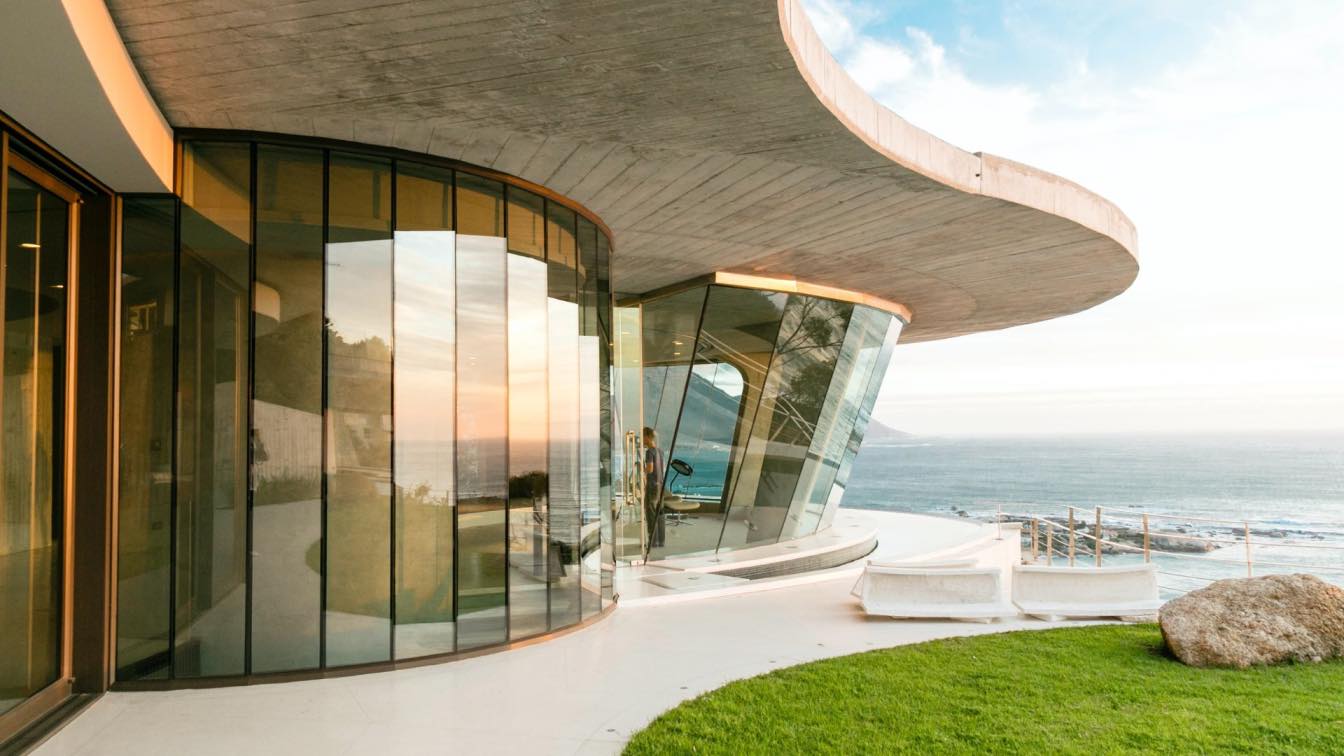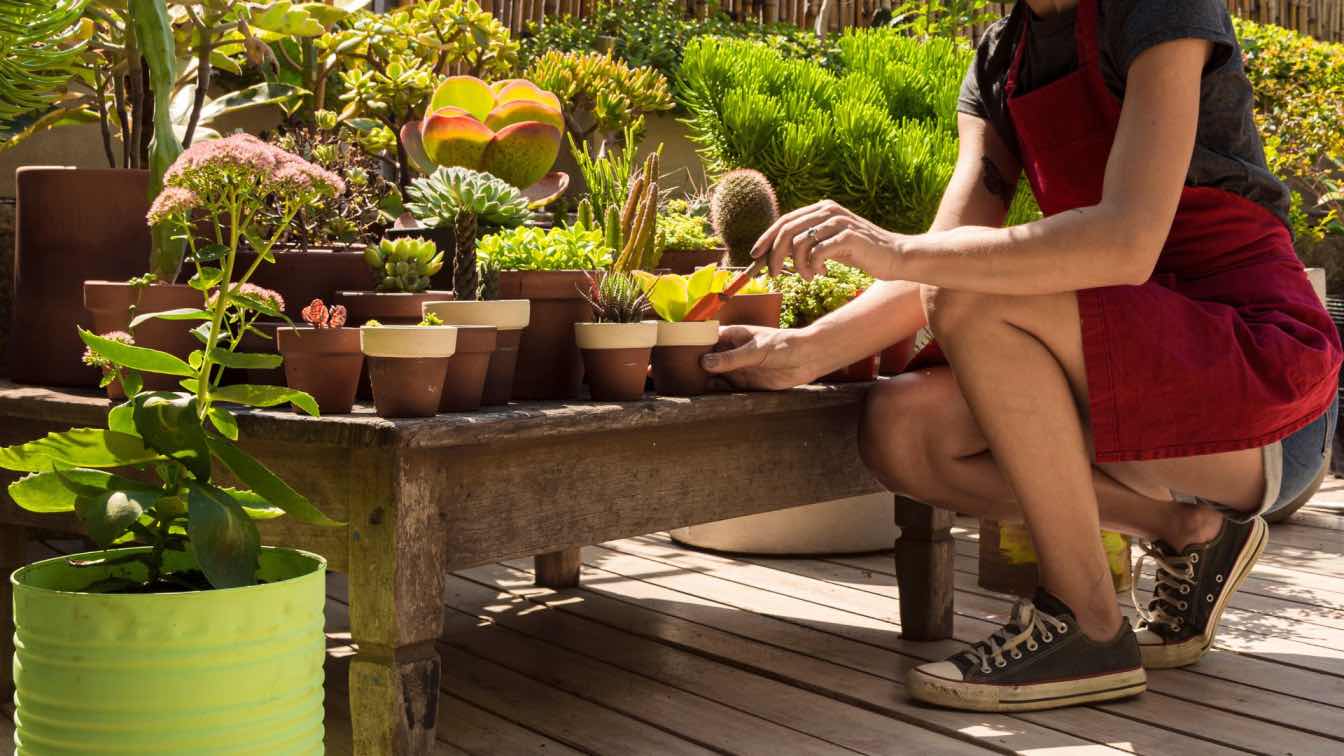We’re all trying to be more environmentally conscious in our lifestyles. Regarding home design, there are many ways to incorporate greener concepts into your home. Today, we’re reviewing several ways to be eco-friendly in your design choices. Let’s cover the basics of this design mindset.
What is Eco-Friendly Design?
Eco-friendly design is a culture of design that aims to have the smallest possible impact on the plant. The last century has seen an enormous rise in disposable design aimed at creating products as quickly and cheaply as possible, only to have them break easily and frequently discarded by consumers.
Eco-friendly design orients around creating items that can have an infinite lifespan. This ethos often means spending more on various elements of your home, but it also saves money in the long term by having pieces that don’t need replacements. With that in mind, let’s discuss bringing eco-friendly design into your home.
1. Sustainable Materials
Utilizing sustainable materials is one of the most significant ways you can make environmentally focused decisions in your home design. Using sustainable materials means substituting synthetic materials for natural ones that require less energy to supply.
Using renewable materials wherever possible is also essential since not all natural materials are renewable. Non-toxic materials are also ideal for your green home design. Materials like bamboo, linen, stone, and beeswax are all sustainable sources for mediums to use when designing or redesigning a space with your environmental footprint in mind.
2. Heat Pumps
If you currently have a central heating system powered by a boiler, consider switching to heat pumps for a more eco-friendly design. Heat pumps are a low-carbon alternative to gas boilers. You can use air-source heat pumps and ground-source heat pumps to warm your home in the winter through sustainable means.
This can be a costly design choice, typically costing anywhere between $18,500 and $57,200, according to the ground source heat pump cost on GreenMatch. It’s a sizable investment, but the reduced heating and cooling costs you get from using a heat pump saves you money in the long run – and it’s better for the planet than using gas.
3. Sustainable Lighting
The first step to using sustainable lighting options is to use LED bulbs. They save more energy than traditional incandescent bulbs and last longer. You can also use dimmer switches to make it easy to use less energy when you want less light. Creating a mood for watching movies or relaxing in the evening is simple with dimmer switches.
Lighting your space with lamps rather than overhead lighting can also help you save energy. Functional lighting placed where you need it most, like a lamp to read by, is a more energy-conscious way of illuminating your space. Utilizing an open-plan structure also helps you reduce how much lighting you need.
4. Handmade Furniture
Most consumers today buy mass-produced furniture made in factories that pollute the surrounding area and the planet at large. Supporting small businesses and small-scale manufacturers means reducing your carbon footprint easily and effectively.
Buying handmade products also means investing in pieces with a long lifespan rather than cheaper products with short shelf lives. From an aesthetic standpoint, it’s also easier to find unique and beautiful furnishings if you support a small business crafting pieces by hand.
5. Low VOC Paint
Many wall paints include volatile organic compounds (VOCs) that can release toxic emissions after you’ve applied them to your walls and ceilings. VOCs are bad for the environment and for anyone living in your house. Years upon years of breathing in VOCs isn’t great for you.
VOCs in paint can contain substances like vinyl resins or petrochemicals that can contribute to a variety of health issues. Choose a manufacturer that offers low or zero-VOC paint when you’re decorating to promote excellent air quality throughout your home.
6. Reclaimed Furnishings
The core tenants of an eco-friendly life include: reduce, reuse, recycle. Furniture that reuses materials is better for the planet than making pieces from new materials each time. Reclaimed furnishings typically use scrap or repurposed older furniture items to create something that’s new and aesthetically appealing.
Using reclaimed furniture preserves natural resources like timber by reducing the demand for further logging. It also creates fewer pollutants than the large-scale manufacturing of brand-new furniture made from new materials.
7. Plant Decor
Using plants in your home decor is one of the easiest ways to capture the eco-friendly design and improve the aesthetics of your space. Not only is caring for plants excellent for your mental health, but it also improves the air quality in your home, with your plants recycling the carbon dioxide you breathe out and producing oxygen in turn.
Having plants in your home can marginally reduce your carbon emissions as well. Plants are an excellent decor piece that can support the biodiversity of your home. Place plants inside and outside your home to improve the quality of life for wildlife like bees in your area, using pollinator-friendly plants to have the most significant impact.
8. Smart Window Covers
Cooling and warming our homes is one of the most prominent ways we pollute as individuals. Customizing your window covers depending on your environment can help you simultaneously reduce your heating and cooling bills and your carbon footprint. If you live in an arid climate that gets uncomfortably hot, using shutters or blinds to cover your window space can keep the interior of your house cooler throughout the day.
Equally, letting the sunlight in through your windows in cold weather can help to heat your home without firing up a central heating system. You can also apply insulating covers for your windows on winter nights to keep the heat in your home, reducing the need for heating in the cold weather.
9. Solar Power
In addition to using heat pumps, you can incorporate solar power into your build to be more eco-conscious. You can install solar panels on your home’s roof to generate clean energy that can significantly reduce your bills. Reducing your greenhouse gas emissions by using clean energy is one of the most effective ways to reduce your environmental impact.
Solar power is also better for the air quality in your environment. Not too long ago, solar panels were a luxury that few could afford, but they’re increasingly becoming affordable for many of us, making it easy to switch to solar power.
Incorporating eco-friendly design into your home has never been more popular and important. Architects and designers regularly discover new ways to put the environment at the forefront of their building projects. These tips are perfect for designers and homeowners who want to upgrade their eco status.





